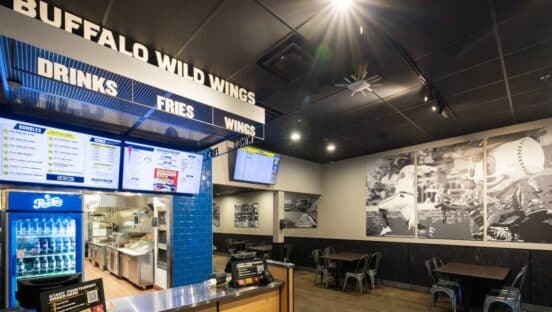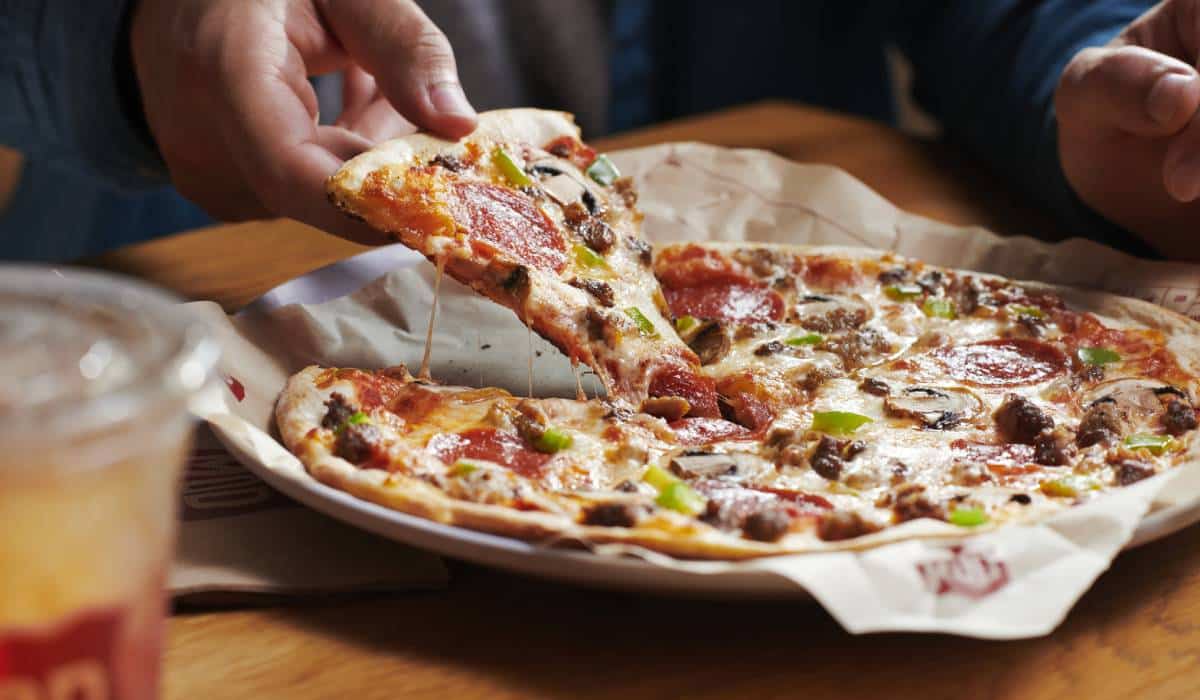A restaurant today is no longer a kitchen and a few serving tables. Visually speaking, think of a friendly organism with tentacles that reach the consumer wherever they are. That’s the new shape of restaurants in an evolving COVID landscape.
The future is here
Post pandemic, while several old habits have largely returned, prolonged exposure to stress during COVID, and the acceptance that the world is changing in newer ways, has had four major consequences:
- More and more people want greater ownership of their future. Franchising as a business model will hence, grow rapidly. Entrepreneurs will find greater options to start a business, with a brand’s safety net. This could potentially lead to a win-win situation.
- Customers will be spoiled for choice, hence businesses will have to offer greater “value, efficiency and trust.”
- Growth will be aligned with enhancing the core business—not with flights of fancy. Businesses therefore have to innovate and grow prudently.
- Occasion-based social-dining is back with lockdown relaxations, even as …
- Mobile ordering has soared.
- Curbside pickup has found new life.
- Third-party delivery has morphed from an experiment into a necessity.
- Drive-thrus have found more takers
Now these may seem like small changes. But for restaurants and quick-serves, every new kind of service demanded by the customer involves a “systemic redesign.” Each of these customer demands has gently guided the industry into the future, often pushing the boundaries of what it means to be a restaurant.
Yet, a new future will unfold
If you look through a prism into 2030, there are many more transformations on the anvil. Starting somewhere in 2010 and gathering feverish pace from 2022 onward, the quick-service restaurant industry in India is going to alter beyond recognition. Established brands will play a major role here.
- 20–24 Indian brands that have survived the pandemic, will scale to 1.000-plus stores. Their familiarity has served as a soothing balm for a world recovering from an ambiguous two years. They will continue to innovate, offer value, and retain the trust they have earned. Also many of them are a million mistakes old and have survived one of the most difficult periods in human business history. Hence, they will learn to focus and thrive.
- There will also be 20–24 international chains which will continue to grow and will have scaled their business to similar levels.
- These 50 or so consumer-facing quick-serves will spawn dozens of companies in the contract manufacturing space to meet their needs, giving rise to a thriving supply chain ecosystem.
- Around this hub, there will be an ecosystem of cloud kitchens, online deliveries and offline retail. Each will find their own space in people’s lives and they will expand the market rather than cannibalize each other.
- As every individual seeks to contribute to household income, the demand for eating out will increase. Indians will be eating out 14–15 times a week from the current two to three times … this will lead to a market explosion and quick-service restaurants will be the biggest beneficiaries.
- With more brands joining the organized sector, demand for value added farm produce like lettuce, packaged vegetables, a variety of sauces and condiments etc will see a J-shaped growth curve.
- Competition will intensify as companies go for higher market share. Consolidation will begin to happen towards 2030, now is the time for multiple startups joining the fray.
- With improved road infrastructure and connectivity brands will find it easier to penetrate tier 2 and tier 3 towns. Restaurant brands will be able to unlock their potential and amplify availability million-fold.
Customer First Approach will intensify
- There will be a radical improvement in restaurant designs as the youth with their aspirations will want to associate with brands they have a rapport with.
- As community-living social groups grow, drone and bot-based delivery may find favor for small orders within marked areas in the future. Dominos has been looking into autonomous vehicle delivery with Nuro since 2019.
- Brands will gravitate to a digital menu for products that ‘travel well’ during delivery and a separate in-store menu for food that is best served hot at the store itself.
- With the virtual presence of quick-serves amplified beyond physical locations, off-premise dining will grow. This will have a massive impact in terms of the need for more back end staff, to package and service off-premise orders during peak hours. The ratio of front-end to back-end staff will change.
Literally, the table is set for ingenuity and customer-centricity. While none of us will look back fondly on the pandemic, we will always have to acknowledge that this period helped us fast track into a new era for the restaurant industry.
Dheeraj Gupta is the founder and MD of JUMBOKING Foods, India’s largest homegrown brand of vegetarian burgers. He has played a key role in the large-scale acceptance of franchising as a framework for doing business for the quick-service industry. He believes in establishing strong and symbiotic partnership with a cohort of numerous motivated individual entrepreneurs who want to benefit from the 10X advantages that a well-developed franchising system provides.












